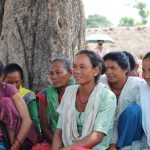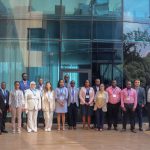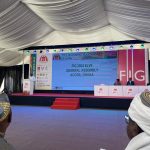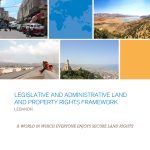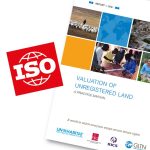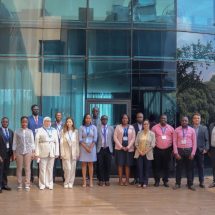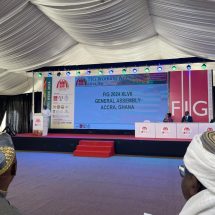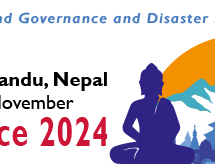 Musa Semanda, Leader of the National Slum Dwellers of Uganda, is eager to share with his municipality authorities on the application of the Social Tenure Domain Model (STDM). His Mbale community was the first to experience the efficiency of the pro-poor land administration tool in 2012.
Musa Semanda, Leader of the National Slum Dwellers of Uganda, is eager to share with his municipality authorities on the application of the Social Tenure Domain Model (STDM). His Mbale community was the first to experience the efficiency of the pro-poor land administration tool in 2012.
Along with a group of 30 community members from nine municipalities dotted across Uganda, he participated in an STDM training held in Kampala on the use and application of STDM in which concepts, practical aspects of the tool as well as basic mapping concepts using GPS and Google Maps were shared.
“If we go by STDM, we shall improve our information gathering and this can help us (municipality and community) plan together,” he says.
The STDM data on informal settlements is needed for a range of purposes: to enable residents to demand their rights as citizens, to improve land tenure, to plan for the provision of infrastructure and services, to redevelop/upgrade the slums, to guide housing improvement, land allocation and adjudication, and to use in land administration and information systems.
Another participant, Mtege Nicholas of the Makerere University’s School of Built Environment believes that STDM “is the most important tool for urban planners during field surveys and enumeration”.
In recognising that most of the land in developing countries is unrecorded, STDM promotes pro poor land administration solution whereby the public are encouraged to fully participate in the process.
“The questionnaire covers all aspects of planning and identifies what a planner should consider such as the area of study, environment, land tenure system-types, onwnership and even security of tenure. Thereafter, using the GPS machine, we are able to collect crucial information for mapping. With such information, it becomes easy for the community already involved in the process to share what they deem as priorities. The information is thereafter mapped on GIS that would be used by professionals and non-professionals alike,” Nicholas reports.
Both Nicholas and Semanda- just like many of the participants- find STDM to be “friendly, efficient and participatory”. They appreciate that it modifies their enumeration practices by capturing detailed information that was previously missing.
In Uganda, where they hail from, the slum dwellers are very active in the enumeration exercise as part of community mobilization strategy for participation in various spheres of inclusiveness and development.
It is such enumeration data that STDM uses to allow slum dwellers produce reports and other statistics based on their needs as they interact with authorities and development partners.
The just-concluded Kampala training kick started Phase 2 of STDM implementation which is part of the TSUPU program – an initiative by the Government of Uganda supported by Cities Alliance and World Bank in slum upgrading, and which is being piloted in 15 municipalities.
This Phase will focus on the broader application of the tool covering the TSUPU implementation municipalities in settlement profiling exercises.
The three-day learning event co-hosted by UN Habitat/GLTN and ACTogether, a local urban NGO based in Uganda brought together representatives from The Ministry of Land, Housing and Urban Development, Makerere University, City engineers as well as Uganda Support to Municipal Infrastructure development (USMID).

